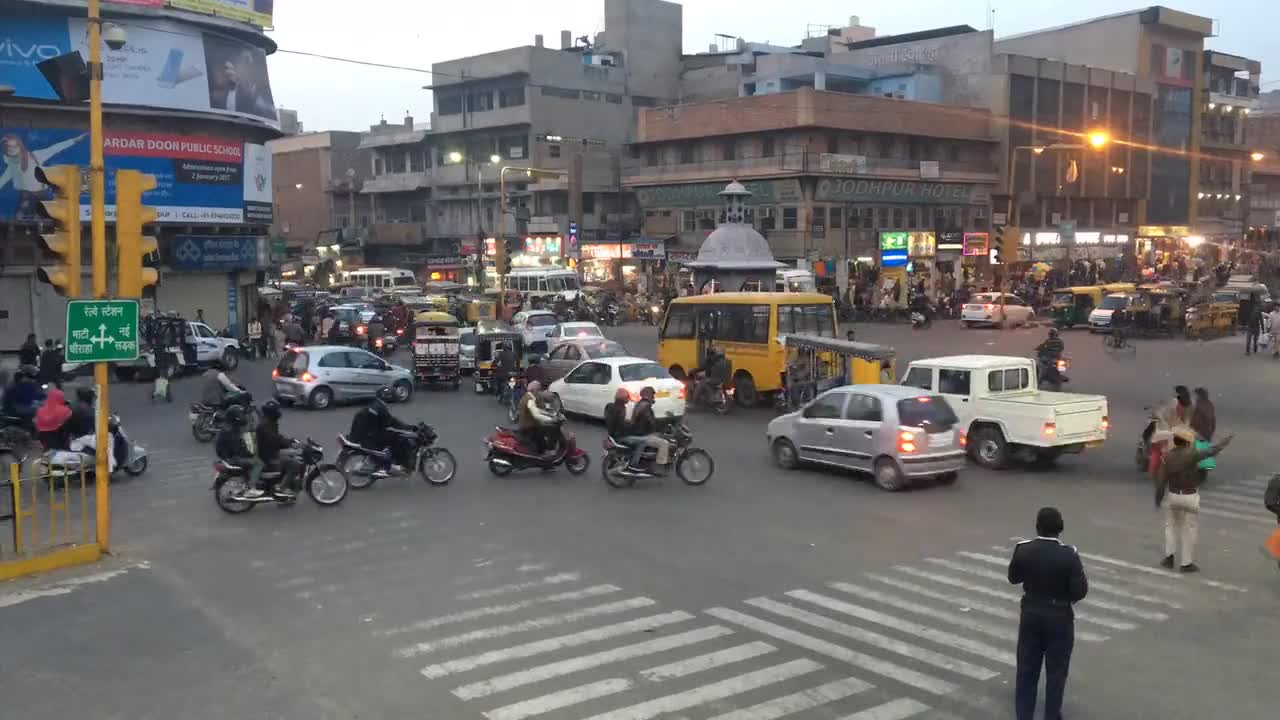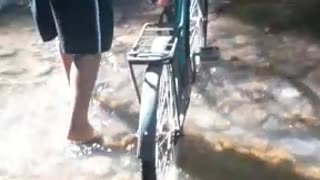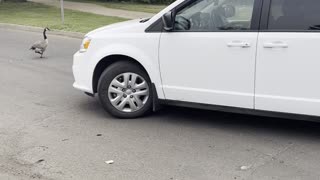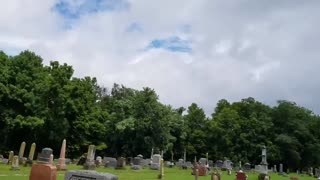Premium Only Content

Performing Street Record While Cars Passing All Day
In a red light camera program, a camera is installed in a location where it can take photos or video of vehicles as they pass through the intersection. City employees or private contractors then review the photos. If a vehicle is in the intersection when the light is red, then a ticket is sent to the person who registered the vehicle.
These programs aim to reduce cross-street collisions. The idea is that drivers, fearing a higher chance that they will be fined, will be more likely to stop, lowering the number of angles, or "T-bone," accidents.
The evidence clearly shows that camera programs are effective at decreasing the number of vehicles running red lights. In one study in Virginia, red light cameras reduced the number of total drivers running red lights by 67%.
However, cameras can have contradictory effects on traffic safety. Some drivers who would have otherwise continued to proceed through the intersection when the light is yellow or red will now attempt to stop. That means that the number of accidents caused by vehicles not stopping at a red light will likely decrease.
But the number of accidents from stopping at a red light – such as rear-end accidents – is likely to increase. That’s not an inconsequential side effect. Some drivers will attempt to stop, accepting a higher risk of a non-angle accident like getting rear-ended, in order to avoid the expected fine.
The overall effect of a camera program on vehicle accidents and injuries depends on the net impact of these two effects. Overall driver safety could increase or decrease.
-
 0:14
0:14
K4Z4N0V4
4 years agopassing by the water-dominated street
12 -
 0:15
0:15
HANYMata
4 years agoGeese among cars in street
27 -
 1:46
1:46
AliciaJPhillips
4 years agoPassing Rain Shower while On Morning Ritual
15 -

Dear America
2 hours agoThis Was Worse Than George Floyd! A Line Has Been Crossed! This Is War!
77.7K81 -
 LIVE
LIVE
LadyDesireeMusic
1 hour agoLive Piano Request | Change the Culture & Support the Arts
292 watching -
 LIVE
LIVE
Badlands Media
7 hours agoBadlands Daily Sept. 10
3,545 watching -
 LIVE
LIVE
Viss
1 hour ago🔴LIVE - Sniping Our Way To Victory! - PUBG 101
131 watching -
 LIVE
LIVE
Matt Kohrs
11 hours agoNew Market Highs!!! (ORCL, PLTR, & TSLA & More) || Live Trading Futures & Options
568 watching -
 40:37
40:37
Members Club
1 hour agoTrump Cheers, Omar Spends, and the Pentagon Rebrands | MC09
3.88K1 -
 LIVE
LIVE
Wendy Bell Radio
6 hours agoENDING THE CAPTURE
7,343 watching